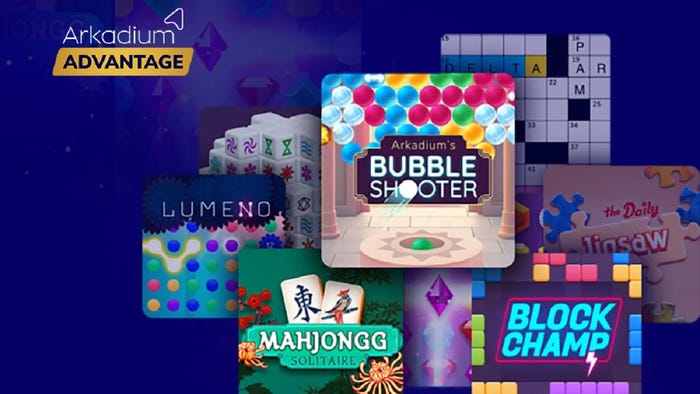Tetris is the ur-text of casual games, exerting a deep influence on game design over the twenty-three years since its creation - but is it the worst, or best cellphone game ever? At GDC Mobile, Rick Marazzani investigates...

Tetris is the ur-text of casual games, exerting a deep influence on game design over the twenty-three years since its creation. Although many have tried to replicate its success, no casual game has yet to achieve Tetris’ enduring popularity. Rick Marazzani of iQ212 calls it “the best game ever.” “Not the best casual game ever but the best game ever,” Marazzani insisted. It accounts for around 8.5 percent of all mobile game sales in North America for a number of reasons. At its core, Tetris’ elegant design is intuitive, rewarding, and simple to play. It is also a great brand that has had more than twenty years to become the de-facto mobile game. Carriers also love the game because in the limited shelf space for mobile games, Tetris combines an evergreen appeal with a small footprint. However, outside of the carrier world, Tetris does not hold its market share. It is not the number one game on any other platform and it is not the top game on mobile outside of North America and the United Kingdom. “As great as a game Tetris is, I don’t think it can hold its own in an open market,” he said. So with that in mind, Marazzani examined Tetris’ strengths and weaknesses and gave developers his thoughts on designing new mobile games. Beginning with the creation of a strong brand, Marazzani urged designers to understand the importance of naming their game. “Players imagine playing the game before they buy,” he said and the name conveys a great deal to customers who have limited information on their decks. A successful game also needs to be designed with the limitations of mobile handsets in mind. Because mobile screens are small, the graphics must be easily understood under a variety of on-the-go situations. It should also feature interruptible game play. “It is, after all, a phone,” Marazzani noted. Discreet play periods are important for mobile games. In this respect, Marazzani criticizes the classic game. “Tetris is not played in discrete periods. The better you are, the longer the game,” he said. Mobile games should be winnable according to Marazzani. “In Tetris, the best player in the world and the worst player in the world both end the game in the same way,” he said. That is, a stack of bricks reaches the top of the screen followed by “Game Over”. This point was questioned by the audience who felt that Tetris offered players a chance to test themselves, always improving their game. Marazzani countered that a game without a winning condition was just a busy box. He pointed out that the best version of Bejeweled is Jewel Quest because it offers a clear victory goal to players. Marazzani stressed the importance of branding for the success of new mobile games. He suggested that new game makers create Facebook and PC downloadable versions of their mobile games in order to get their brand name out in the public consciousness. He urged developers to get their games on casual PC game aggregators and then use the download metrics to convince carriers to pick up the games for mobile devices.
Read more about:
event gdcAbout the Author(s)
You May Also Like









